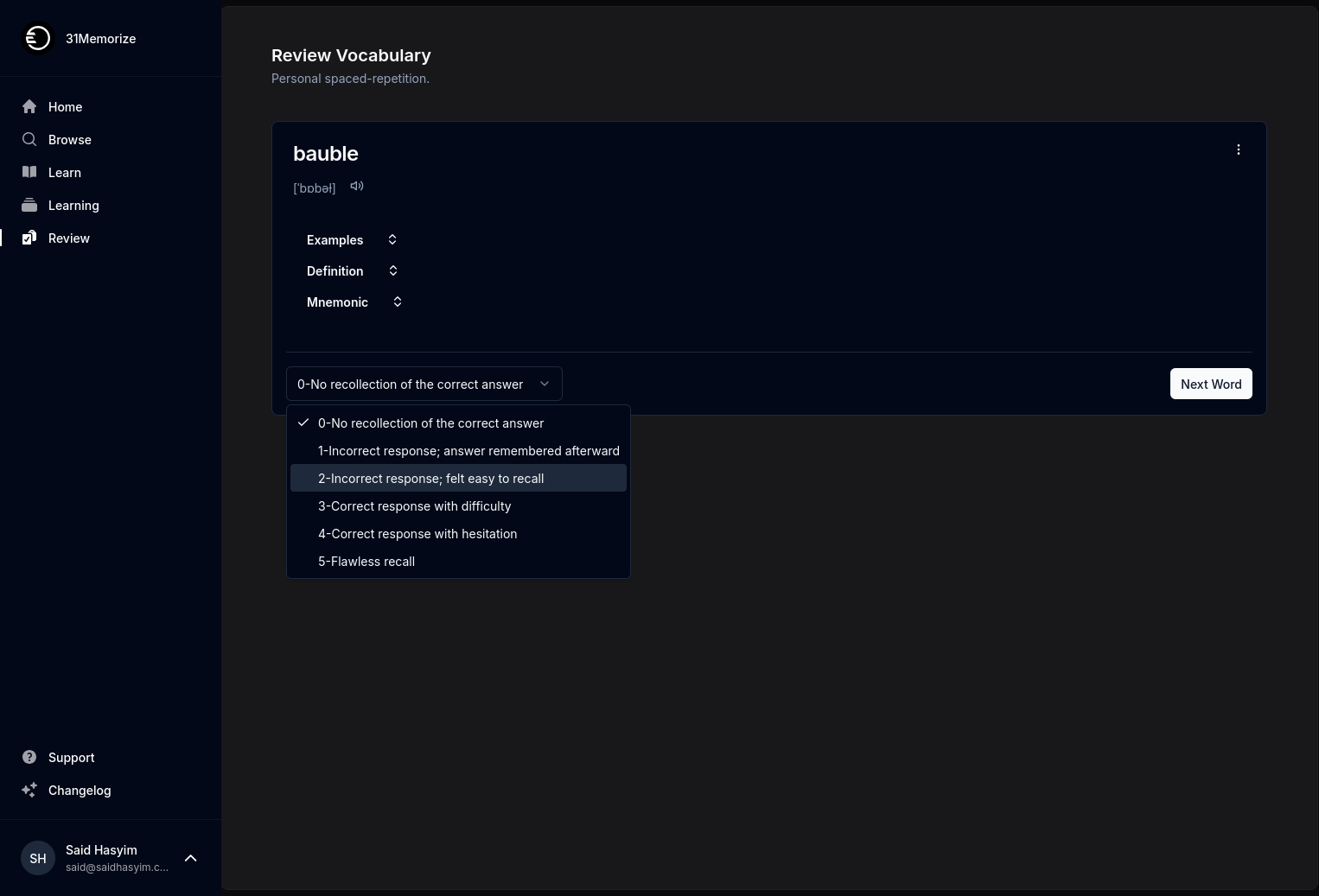Collecting Data: What Matters in Book Ratings?
In today's world of information overload, readers often rely on book ratings to guide their choices on what to read next. From Goodreads to Amazon, various platforms provide a wealth of data in the form of reviews and ratings. But what does this data truly reflect? What factors are most significant in the realm of book ratings? This blog post aims to explore the complexities of collecting data on book ratings and help readers understand what matters—and what doesn't—when it comes to choosing a book.
Understanding Book Ratings
What Are Book Ratings?
Book ratings typically involve a numerical or star-based system where readers can give their opinion on a book's worth. This rating is often based on a range of factors, including the storyline, character development, writing style, and overall enjoyment. While a five-star system is common, some platforms use other systems, such as 1-10 scales or even thumbs up/down.
Why Are Book Ratings Important?
Book ratings serve multiple purposes:
- Guidance for Readers: They offer a quick reference for potential readers to gauge the general consensus on a book.
- Author Feedback: Ratings provide authors with insights into how their work is received, which can inform future projects.
- Market Trends: Publishers and booksellers can identify what genres or themes are trending based on collective ratings.
Factors Influencing Book Ratings
When examining book ratings, several factors come into play, some more significant than others. Below, we delve into what matters most when collecting data on book ratings.
1. Diversity of Ratings
The number of ratings a book has received can significantly impact its perceived quality. A book with thousands of ratings may be seen as more credible than one with only ten reviews, regardless of the average rating. However, the diversity of these ratings (from various demographics, regions, and experiences) provides a more nuanced view of the book's appeal.
2. Reviewer Credibility
Not all reviewers are created equal. A reviewer's background, expertise, or influence can sway the perception of a book. Reviewers with a literary background or those who have consistently provided quality reviews tend to carry more weight. Additionally, professional or established critics often carry more credibility than average readers. As a result, readers should consider who is providing the rating.
3. Rating Distribution
The way in which ratings are distributed can offer deeper insights. For example, a book with a 4.0 average rating might have a strong majority of 5-star ratings but also a sizeable number of 1-star reviews. This could indicate polarizing content that resonates deeply with some readers but is off-putting to others. Understanding this distribution can help readers make informed decisions.
4. Context of Reviews
Context matters greatly in book ratings, especially in terms of timing and the reader's emotional state at the time of reading. Seasonal trends, cultural phenomena, or recent events may affect how a book is perceived. For example, a novel that tackles a timely social issue might receive more favorable ratings during a relevant social discourse.
5. Genre Expectations
Different genres have different standards, and what might be considered a "bad" read in one genre could be a "masterpiece" in another. For example, readers may have varying expectations for a literary fiction book versus a romance or a thriller. Understanding these genre-specific dynamics can be crucial when analyzing book ratings.
6. Number of Reviews Over Time
The timeframe of when ratings were accumulated can also matter. A book that received a burst of reviews immediately following its release might not represent its long-term reception. Over time, ratings may stabilize as more readers weigh in. It's essential to observe whether a rating changes significantly with time, as this can reflect the book's lasting impact.
Limitations of Book Ratings
While book ratings can provide valuable insights, they are not infallible. Here are some limitations that readers should keep in mind when relying on ratings.
1. Subjectivity of Taste
Reading is a deeply personal experience. What resonates with one reader may fall flat for another. This subjectivity means that individual ratings are often influenced by personal preference rather than content quality alone.
2. Fake Reviews and Rating Manipulation
Unfortunately, some books may benefit from artificial inflation of ratings through fake reviews or coordinated campaigns. Readers should remain vigilant and look for signs of suspicious patterns in ratings, such as a sudden influx of five-star reviews or a lack of detailed feedback.
3. Potential Bias
Many readers exhibit bias when reviewing books based on factors like author popularity, genre, or even social media buzz. A book that is heavily marketed or from a well-known author may receive inflated ratings irrespective of its actual quality.
Conclusion: Navigating Book Ratings
Book ratings can serve as a valuable tool in a reader's arsenal for selecting their next read. However, it's essential to look beyond the surface numbers and consider the underlying factors that can influence these ratings. Understanding the context, diversity, and subjectivity involved helps readers make more informed decisions.
In the end, while book ratings provide a glance at public opinion, the best way to find a book you'll love remains your own reading journey. So, take the time to explore beyond ratings, delve into summaries, and read excerpts. After all, the best book is the one that speaks to you!
By navigating the complex world of book ratings judiciously, readers can enhance their literary experiences and foster a more enriching reading culture.
